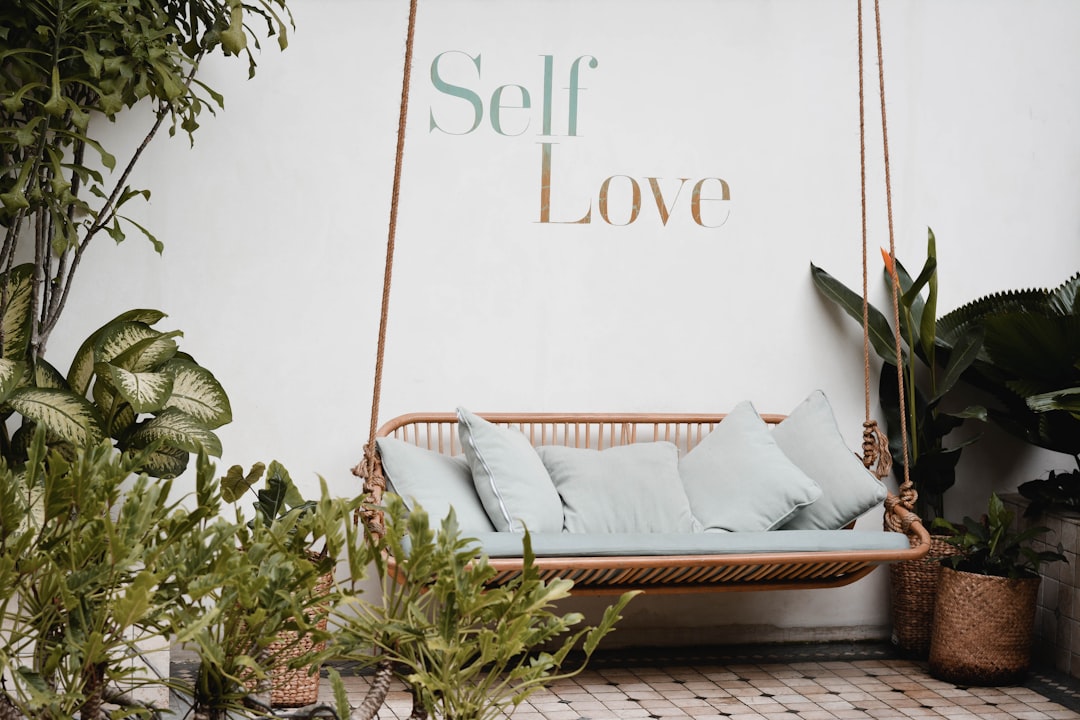Self-watering pots and traditional watering methods differ significantly in their approach to plant hydration, offering distinct advantages and disadvantages.
Comparison Overview
Self-Watering Pots
-
Mechanism: These pots feature a built-in water reservoir that supplies water to plants through a wicking mechanism, providing consistent moisture levels without daily intervention.
-
Benefits:
-
Convenience: Ideal for busy individuals or frequent travelers, as they reduce the need for frequent watering.
-
Water Conservation: Minimize water waste by delivering moisture directly to the roots, reducing evaporation and runoff.
-
Healthier Plants: Promote robust root growth and prevent issues like root rot by maintaining optimal moisture levels.
-
-
Limitations:
-
Generally more expensive than traditional pots.
-
Limited style options compared to traditional pots.
-
Traditional Watering Methods
-
Mechanism: Involves manually watering plants from the top, often requiring daily checks to ensure proper hydration.
-
Benefits:
-
Cost-Effective: Typically less expensive upfront compared to self-watering pots.
-
Customization: Offers a wide range of styles, sizes, and materials to match any aesthetic preference.
-
-
Limitations:
-
High Maintenance: Requires frequent monitoring to prevent overwatering or underwatering, which can lead to plant stress and health issues.
-
Water Waste: More prone to water evaporation and runoff, leading to inefficiency in water use.
-
Key Differences
-
Automation vs. Manual: Self-watering pots automate the watering process, while traditional methods require manual intervention.
-
Moisture Consistency: Self-watering pots maintain consistent moisture levels, reducing plant stress and promoting healthier growth.
-
Water Efficiency: Self-watering systems are more water-efficient due to reduced evaporation and runoff.
-
Cost and Style: Traditional pots are generally cheaper and offer more style options, but may require more frequent watering.
Choosing Between Self-Watering Pots and Traditional Methods
-
For Busy Individuals: Self-watering pots are ideal due to their low maintenance and consistent hydration.
-
For Aesthetic Flexibility: Traditional pots offer more style options but require more frequent watering.
-
For Water Conservation: Self-watering pots are the better choice for reducing water waste and promoting efficient use.
Ultimately, the choice between self-watering pots and traditional watering methods depends on your lifestyle, budget, and specific plant needs.
Citations:
- https://greenhouse-decorations.com/blogs/inspiring-green-spaces-modern-plant-care/self-watering-vs-traditional-planters
- https://www.urbanpot.com/en/post/self-watering-pots-and-planters-guide
- https://a-z-animals.com/blog/the-pros-and-cons-of-self-watering-pots-for-houseplants/
- https://comparefactory.com/regular-vs-self-watering-pots-choosing-the-best-for-your-greenery/
- https://www.youtube.com/watch?v=XXkJr--x3w4
- https://harshdeepindia.com/self-watering-pots/
- https://www.dripworks.com/blogdrip-irrigation-vs-traditional-watering-methods-a-comparative-study/
- https://www.urbanscapeplanters.com/drip-irrigation-vs-self-watering/

Comments
No comments yet. Be the first to comment!
You must be logged in to comment. Login